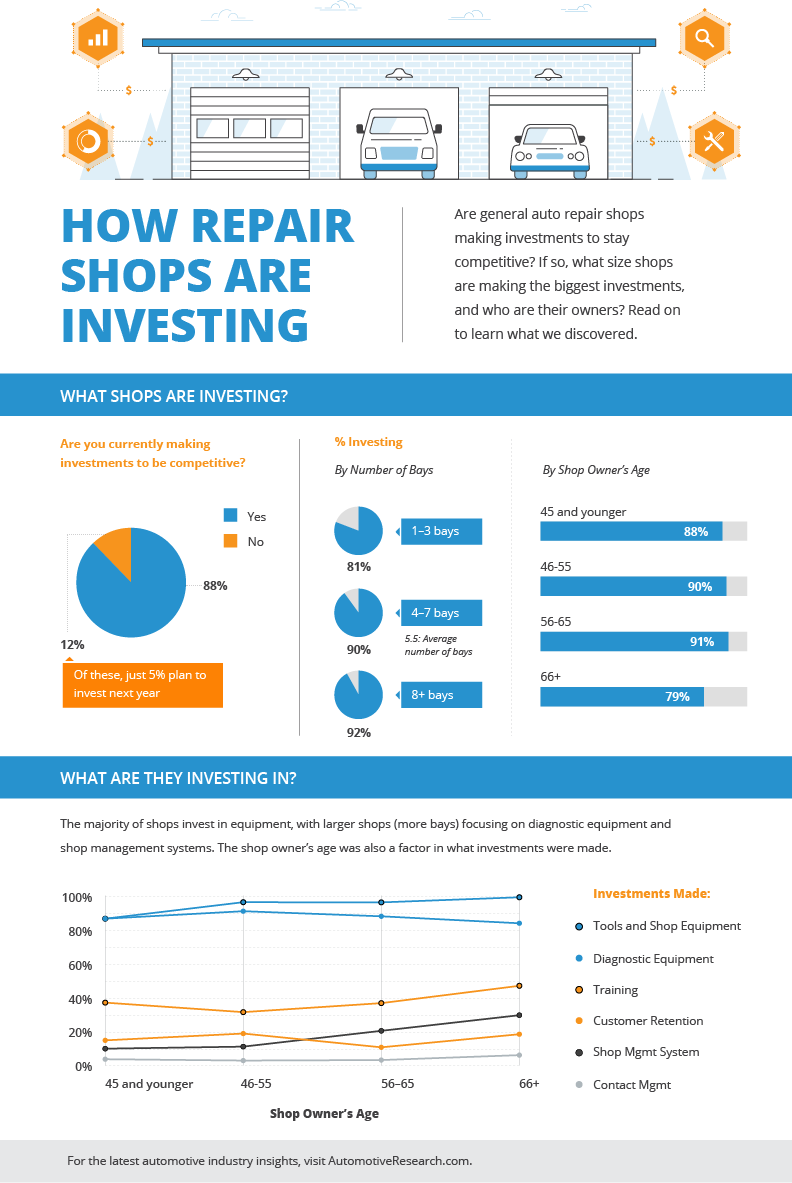Understanding Your Vehicle'S Warning Lights: What Do They Really Mean?
Understanding Your Vehicle'S Warning Lights: What Do They Really Mean?
Blog Article
Material Produce By-Vinson Winters
When you lag the wheel, those glowing caution lights on your dashboard can be a bit bewildering. Do you know what they're trying to tell you regarding your cars and truck's health? Comprehending the value of these lights is crucial for your safety and the durability of your car. So, car interior detailing near me following time one of those lights pops up, would not you want to understand its message accurately and take the needed steps to resolve it?
Common Caution Lighting and Interpretations
Determine typical warning lights in your automobile and recognize their significances to make certain safe driving.
https://ecu-tuning-near-me16283.fare-blog.com/32240502/the-comfort-of-mobile-cars-and-truck-describing-changes-your-automobile-s-appearance-but-is-it-as-efficient-as-typical-techniques-discover-the-reality-behind-this-service of the most regular warning lights include the check engine light, which indicates concerns with the engine or emissions system. If this light begins, it's critical to have your vehicle inspected immediately.
The oil pressure cautioning light indicates reduced oil stress, calling for instant interest to prevent engine damages.
A blinking battery light may suggest a malfunctioning charging system, potentially leaving you stranded otherwise attended to.
The tire pressure monitoring system (TPMS) light informs you to reduced tire stress, influencing vehicle stability and gas effectiveness. Ignoring this could result in dangerous driving problems.
The ABS light suggests an issue with the anti-lock braking system, jeopardizing your capability to quit quickly in emergencies.
Last but not least, the coolant temperature advising light warns of engine getting too hot, which can result in extreme damages otherwise settled promptly.
Understanding these common warning lights will certainly aid you resolve concerns quickly and keep risk-free driving conditions.
Significance of Prompt Focus
Comprehending the usual caution lights in your car is just the first step; the value of without delay resolving these warnings can't be highlighted enough to guarantee your safety and security when driving.
When a caution light illuminates on your control panel, it's your automobile's way of communicating a possible issue that needs attention. Neglecting these warnings can result in much more extreme issues down the road, endangering your safety and potentially costing you a lot more in repairs.
Trigger interest to warning lights can stop failures and crashes. As an example, a blinking check engine light could show a misfire that, if left unattended, can cause damages to the catalytic converter. Resolving this immediately can save you from a costly fixing.
Similarly, a brake system advising light may signal low brake fluid or used brake pads, crucial elements for your safety and security when driving.
Do It Yourself Troubleshooting Tips
If you observe a caution light on your control panel, there are a couple of DIY troubleshooting ideas you can attempt prior to looking for specialist assistance.
The very first step is to consult your cars and truck's guidebook to understand what the certain caution light shows. Often the problem can be as basic as a loose gas cap activating the check engine light. Tightening car steaming may settle the issue.
Another common issue is a low battery, which can set off different cautioning lights. Inspecting the battery links for deterioration and guaranteeing they're safe may repair the problem.
If a warning light lingers, you can attempt resetting it by detaching the cars and truck's battery for a couple of mins and after that reconnecting it. Additionally, inspecting your lorry's liquid levels, such as oil, coolant, and brake fluid, can aid repair cautioning lights connected to these systems.
Verdict
To conclude, understanding your auto's caution lights is essential for keeping your lorry running efficiently and safely. By without delay attending to these signals and understanding what they mean, you can avoid expensive repair services and prospective break downs.
Bear in mind to consult your vehicle's manual for particular details on each cautioning light and do something about it appropriately to ensure a hassle-free driving experience.
Remain informed, stay secure on the road!
